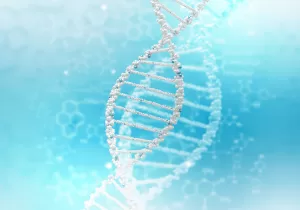The FDA’s Center for Biologics Evaluation and Research (CBER) oversees the Investigational New Drug (IND) application process for all preclinical cell and gene therapies (CGT). The IND is a request for authorization from the FDA to allow the administration of biologics for human trials.
Cell and gene therapies often utilize new manufacturing processes or contain novel components not previously tested. Therefore, they pose an interesting challenge for regulatory review. While the principles of toxicology and pharmacology may apply, terms such as Absorption, Distribution, Metabolism and Excretion (ADME) may not apply to CGT. Consequently, the regulatory review of CGTs requires a thorough risk-benefit analysis.
Evaluation criteria identified by the FDA that are required for IND submissions for CGT include proof of concept, toxicology, and post-administration monitoring. Additionally, studies must define program objectives, eligibility criteria and physiological parameters to guide clinical monitoring as well as identify any potential health risks to the general public, family and close contacts.
Proof of concept studies must demonstrate feasibility and rationale for the investigational genetic therapy – including the effective dose levels. This includes potential starting dosage, optimized timing of product administration relative to onset of disease and optimized route of administration. Additionally, there should be confirmation that the therapies reach their intended target site.
Toxicology studies must characterize the features of acute and delayed onset toxicities, both local and systemic. Toxicities related to specific types of vectors include tracking non-viral vectors that pose a potential for an immune response to DNA or to extraneous bacterial sequences. Studies must address possible resolution for any toxicities and the effect of product dosages.
Post-administration monitoring investigates the effect of the therapy on the system and aims to establish the potency and safety risks. In traditional investigational new drug filings, this would include details about adsorption, digestion, metabolism, and excretion (ADME). However, these guidelines do not exist within cell and gene therapies. Rather, cell and gene therapeutic studies must include parameters on distribution, differentiation and integration, survival and engraftment as well as tumorigenicity and safety. Engraftment is specific to gene therapies. It is the process by which transplanted tissues begin to make new white blood cells. This can take anywhere from seven to 14 days. Survival of these transplanted cells is an indicator of the resulting engraftment.
The FDA’s preclinical CBER has created a pathway for the review of cell and gene therapies. The agency continues to develop guidance on best practices for developing safe therapeutics with minimal patient risk.



